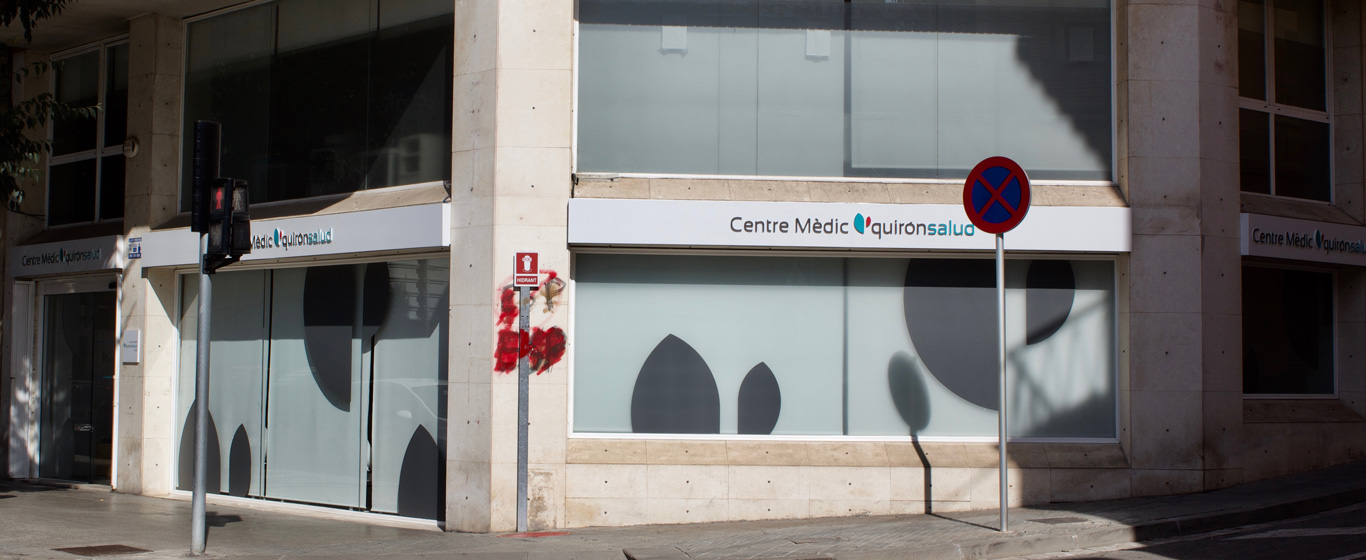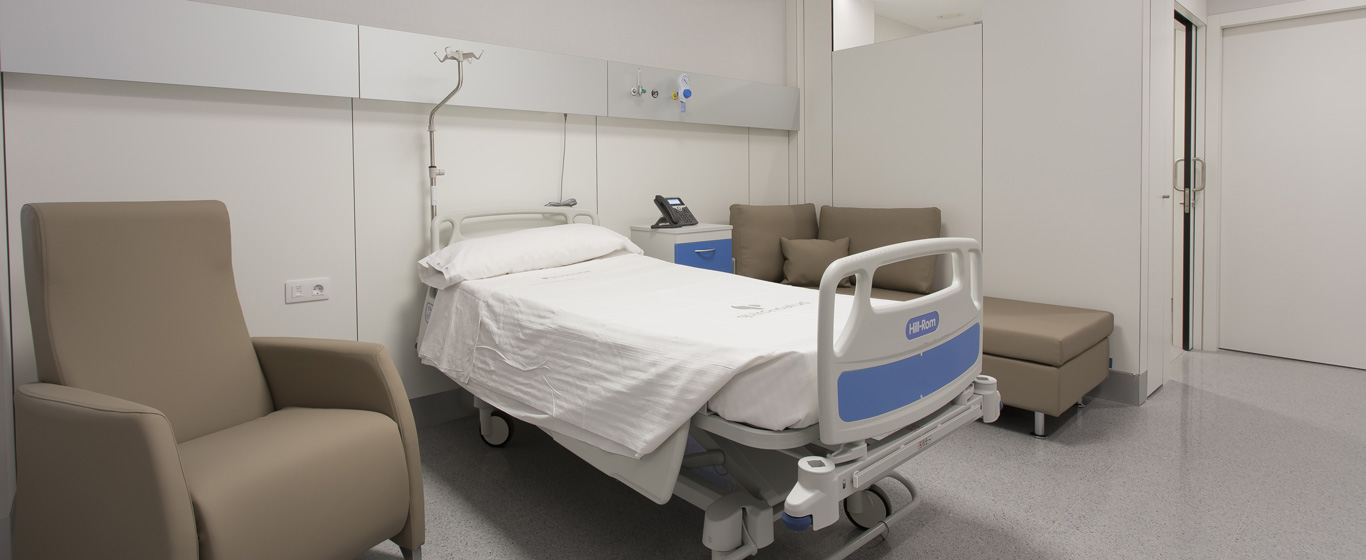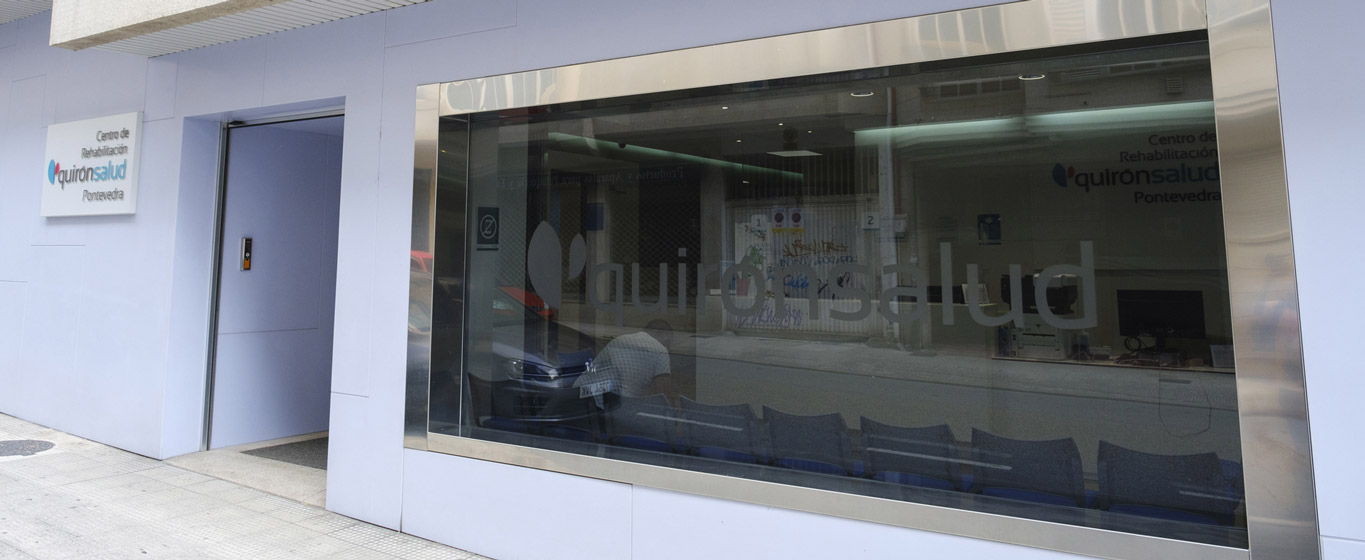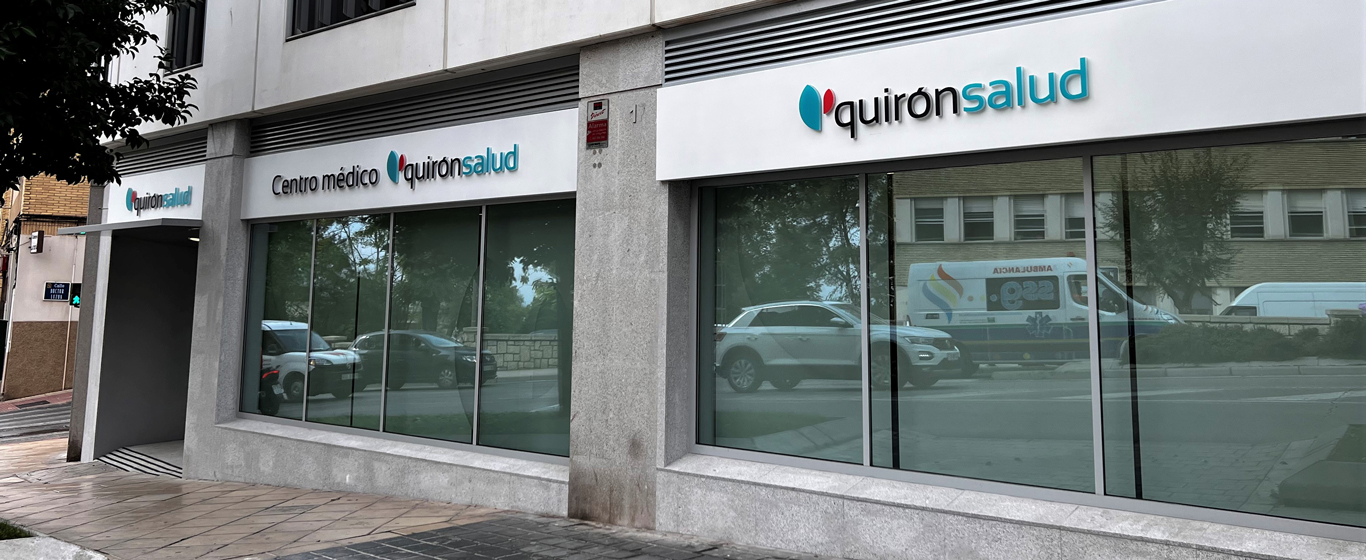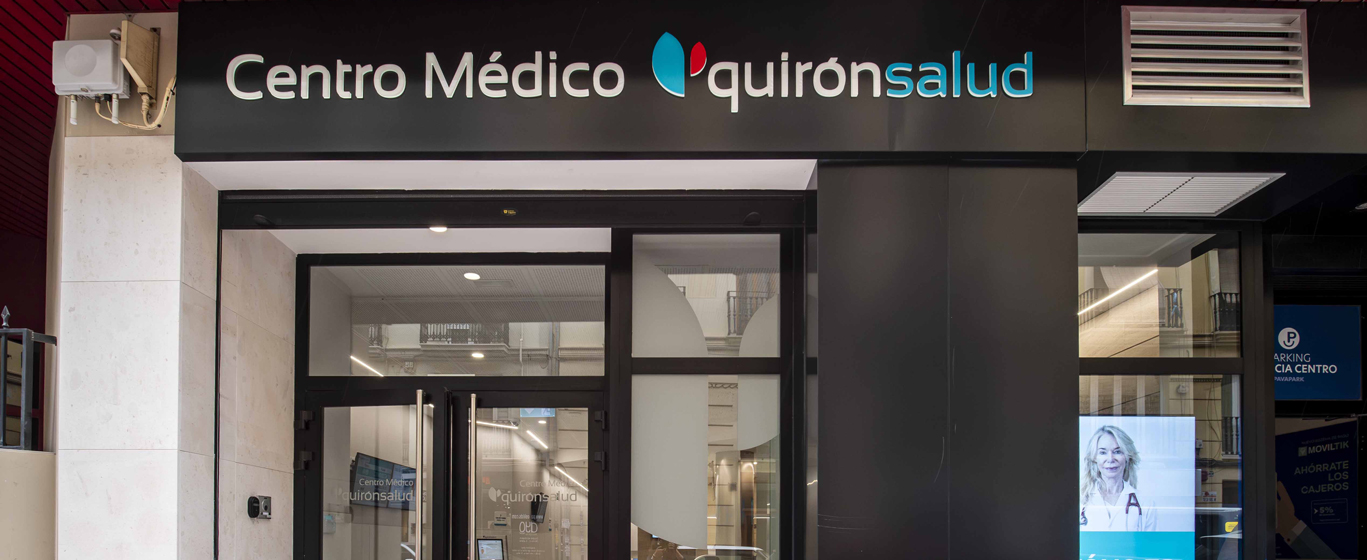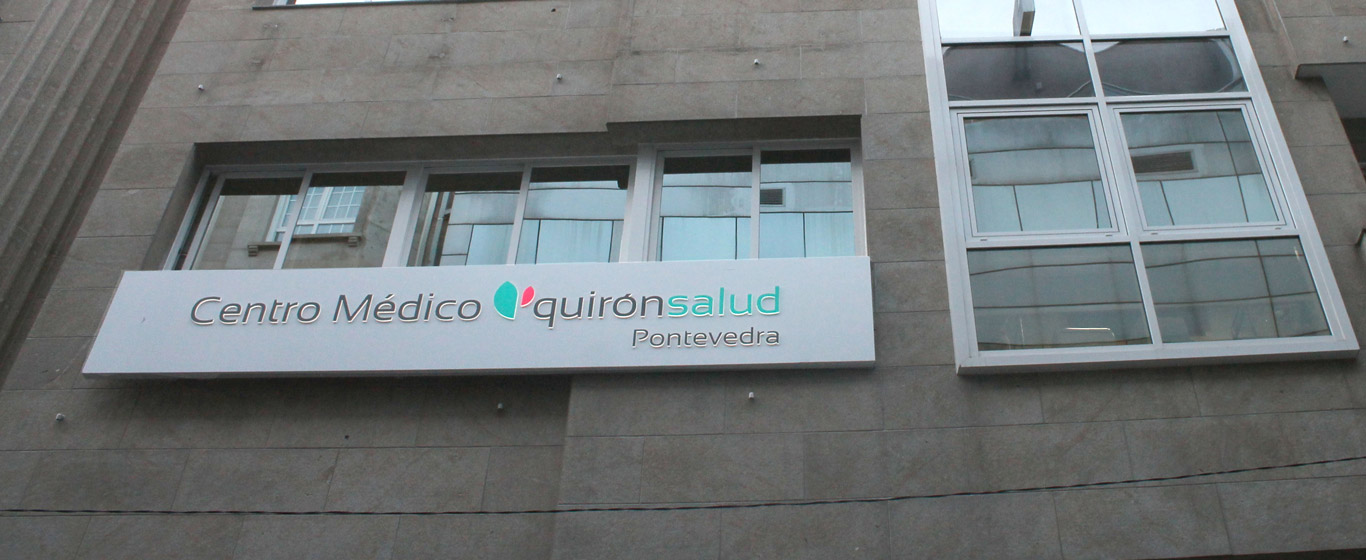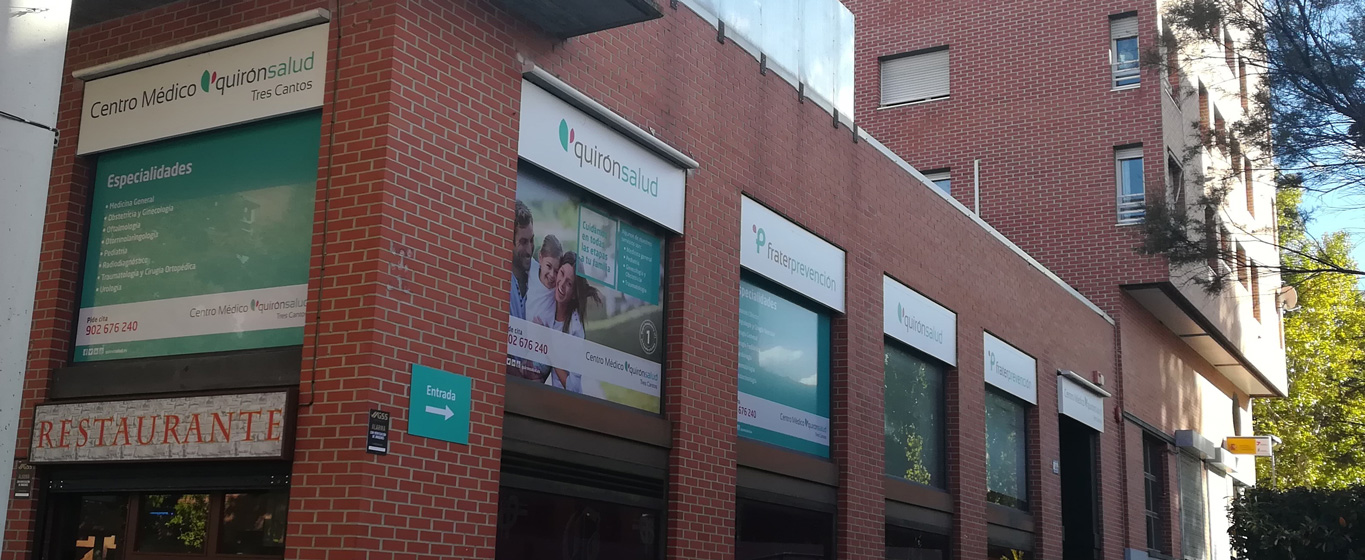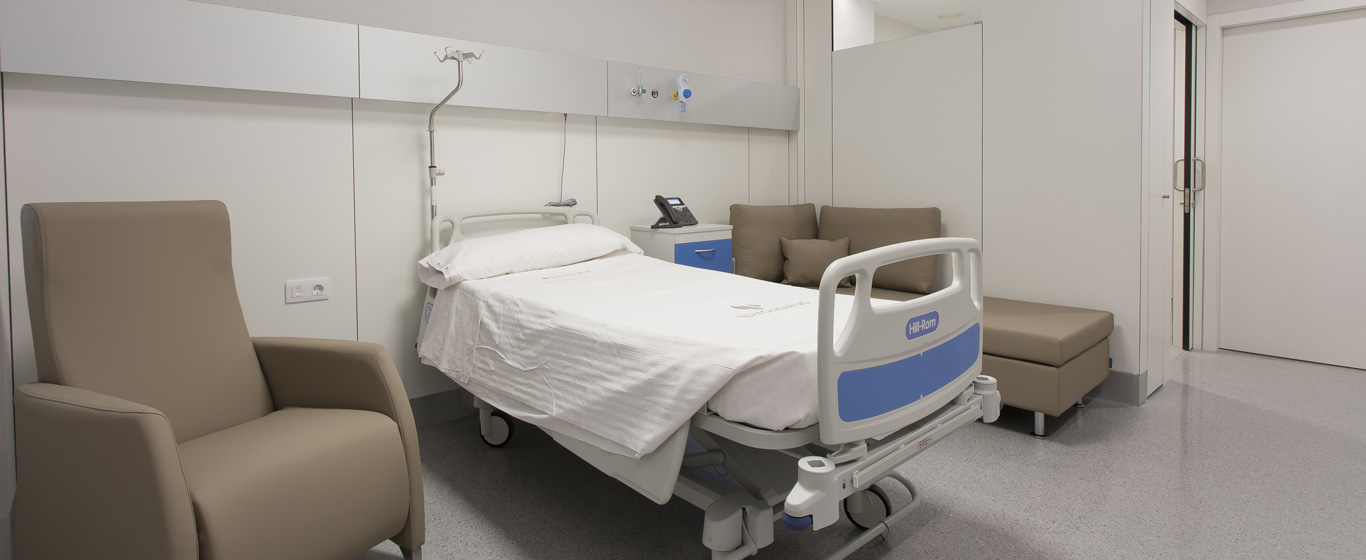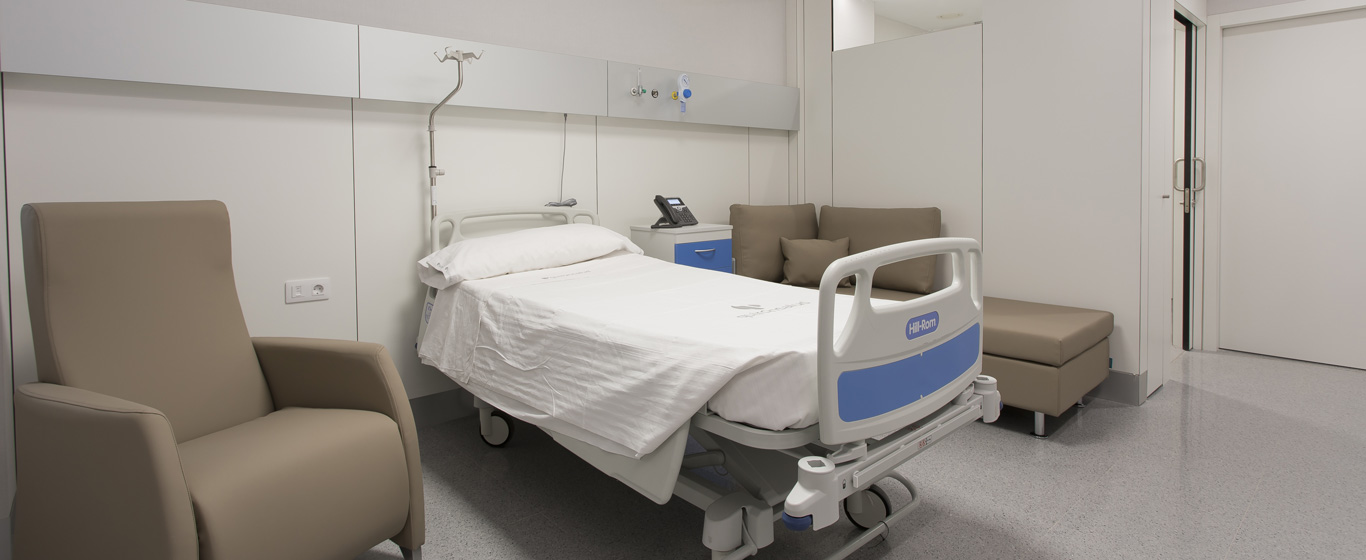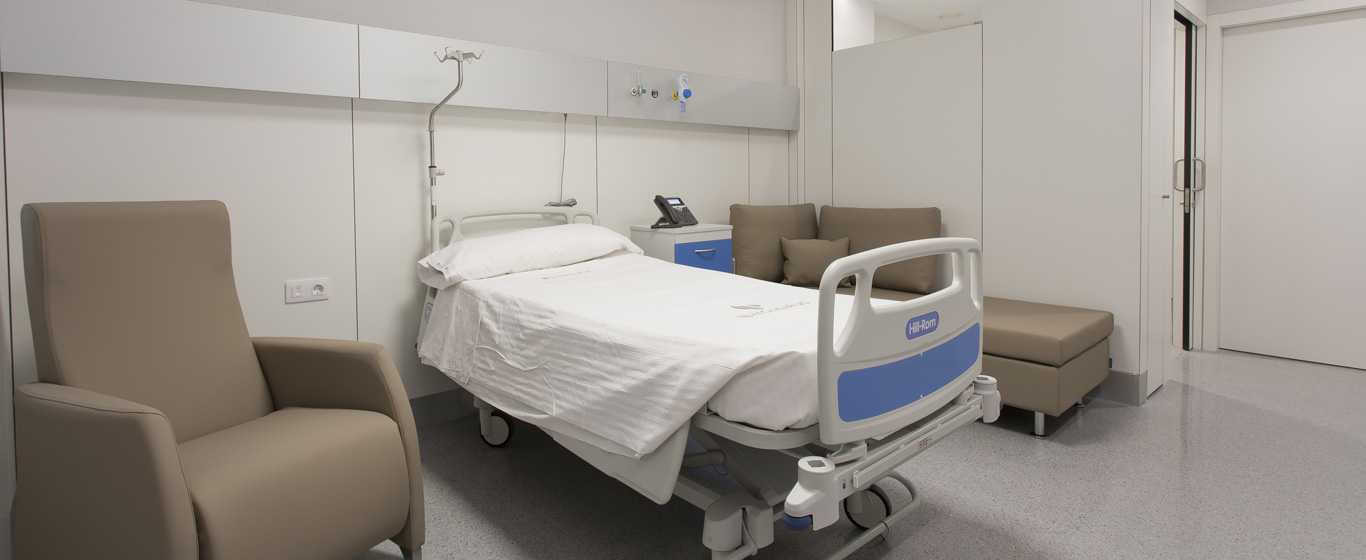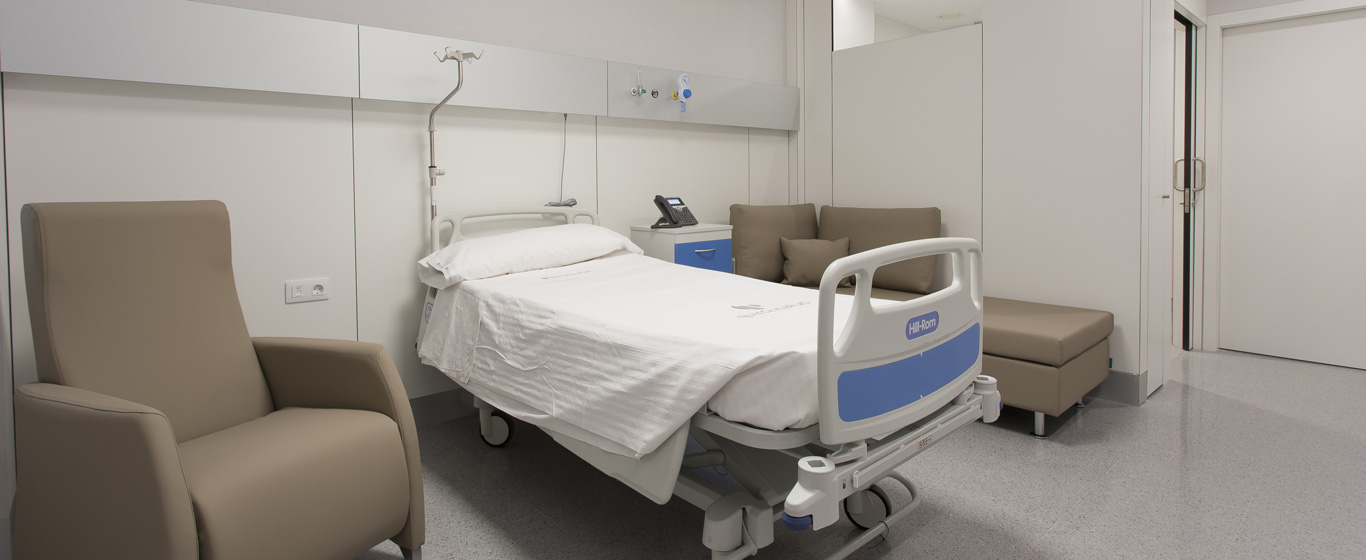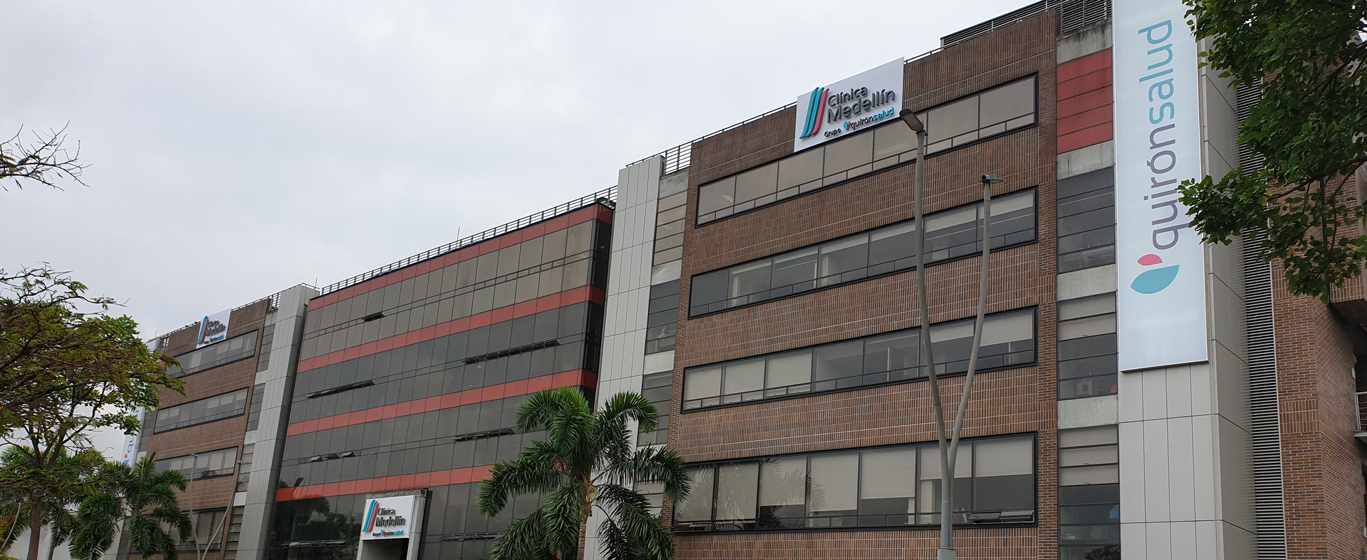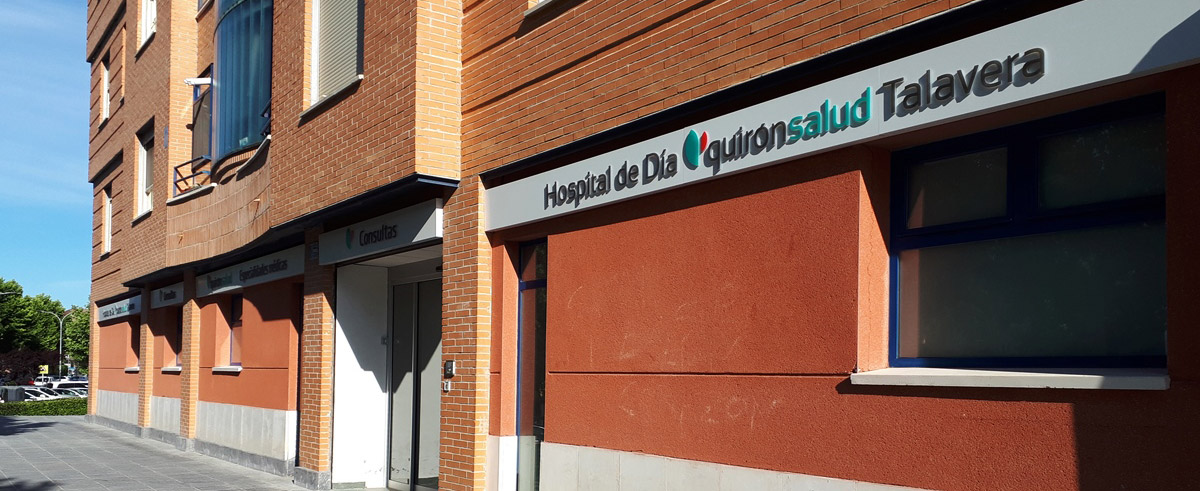Thrombosis
What are the consequences of a thrombus? All the information about the causes, symptoms, and treatments of thrombosis.
Symptoms and Causes
Thrombosis is the formation of a blood clot, called a thrombus, in the vascular system. When the thrombus obstructs blood flow, the supply of oxygen and nutrients to the body's tissues is impaired, or there is a sudden lack of circulation to a specific organ, which can be extremely serious. A detached clot is called an embolus, and the lack of circulation caused by the obstruction is known as an embolism.
There are two main types of thrombosis:
- Arterial thrombosis: The blood clot develops in an artery. It is particularly serious if it affects the coronary or cerebral arteries.
- Venous thrombosis: The clot forms in a vein.
- Deep vein thrombosis (DVT): Occurs in deep veins, usually in the legs. If leg thrombosis leads to a pulmonary embolism, it is called venous thromboembolism (VTE).
- Superficial thrombophlebitis: Occurs in superficial veins. It is less severe. For more information (insert link to thrombophlebitis disease).
Symptoms
Symptoms vary depending on the location and severity of the obstruction, but generally include:
- Sudden and intense pain localized in the area where blood flow is blocked. The pain may start suddenly and worsen over time.
- Impaired mobility if the thrombosis occurs in the arteries of the limbs.
- Pallor or cyanosis: The skin over the affected area may turn pale, feel cold to the touch, and, in some cases, turn blue (cyanosis) due to a lack of oxygen in the tissues.
- Weak or absent pulse.
- Numbness or a tingling sensation.
Depending on the affected area, the following symptoms may occur:
- In the brain (stroke or cerebral infarction): Weakness or paralysis on one side of the body, difficulty speaking or understanding language, sudden vision loss or disturbances, dizziness, and coordination problems.
- In the heart (myocardial infarction): The main symptom is chest pain, which may radiate to the jaw, neck, shoulders, or arms, accompanied by sweating, difficulty breathing, and a feeling of tightness.
- In the legs (acute peripheral arterial ischemia): Severe pain in the affected leg, which may worsen with activity or rest. In severe cases, gangrene may occur in the tissues.
The symptoms of deep vein thrombosis in the lower limbs include:
- Swelling, pain, and redness in the affected leg.
The symptoms of pulmonary embolism are more nonspecific and may even be asymptomatic, but it is characterized by:
- Sudden shortness of breath, palpitations, dizziness or loss of consciousness, coughing up blood, or chest pain that does not change with movement.
Causes
The causes of both arterial and venous thrombosis occur due to disruptions in normal coagulation balance. However, the causes vary depending on the affected system. Below are the main causes of each type:
- Venous thrombosis: Associated with factors that promote blood flow slowing or stagnation (immobilization), damage to the venous wall (fractures or surgeries), or hypercoagulability, meaning an increased tendency to form clots (hereditary or acquired thrombophilia).
- Arterial thrombosis: Primarily occurs due to the formation of atherosclerotic plaques that damage arteries and promote clot formation.
Risk Factors
Factors that increase the risk of thrombosis include:
- Age: Risk increases after age 60.
- Prolonged immobility, which slows circulation.
- Injuries or surgery affecting blood vessels.
- History of venous catheters.
- Pregnancy, overweight, or obesity, which increase pressure in the veins of the pelvis and legs.
- Family history of thrombosis or embolism.
- Hereditary clotting disorders.
- Certain diseases, such as heart failure, cancer, thrombophilias, or Crohn’s disease.
- Smoking, which affects blood flow and coagulation.
- High blood pressure.
- Diabetes.
- High cholesterol.
- Heart disease.
Complications
Complications depend on the type of thrombosis. In arterial thrombosis, the patient's life may be at risk, and if not treated quickly, it can lead to tissue death (heart failure and arrhythmias in the heart) or permanent neurological damage.
In deep vein thrombosis, if the clot does not completely dissolve, it may cause long-term complications such as post-thrombotic syndrome and chronic pulmonary hypertension.
Prevention
Some tips to prevent thrombosis include:
- Maintaining a healthy weight.
- Avoiding smoking and alcohol.
- Engaging in regular physical activity.
- Controlling blood pressure, blood sugar, and cholesterol levels.
In cases of forced immobility, such as hospitalization or long-distance travel, it is advisable to frequently move the legs, flex the ankles, or apply pressure with the feet, as well as to drink plenty of water to stay hydrated. Additionally, in hospital stays, anticoagulants may be necessary as a preventive measure.
What Doctor Treats Thrombosis?
Thrombosis is evaluated and treated by specialists in Hematology, Cardiology, Neurology, and Angiology & Vascular Surgery.
Diagnosis
A thorough medical history, including possible risk factors and a physical examination of the patient’s symptoms, helps guide the diagnosis, which is confirmed with various tests depending on the location:
- Venous Doppler ultrasound: Uses ultrasound imaging to examine blood flow at a specific point. This test can distinguish between deep vein thrombosis and thrombophlebitis.
- Pulmonary angiography CT scan.
- Ventilation/perfusion scan, magnetic resonance imaging (MRI), or computed tomography (CT scan): Used to directly visualize the clot.
- Electrocardiogram.
- Other imaging tests depending on the clot’s location.
Treatment
Thrombosis treatment aims to prevent its progression, detachment, and severe complications. Depending on the clot’s location and severity, treatment may include:
- Oral or intravenous anticoagulants for at least three months.
- Oral antiplatelet agents.
- Intravenous thrombolytics to dissolve clots. These are used in severe cases when other medications are ineffective.
- Pharmacological or mechanical thrombectomy.
- Inferior vena cava filter: For patients who cannot take anticoagulants, a temporary medical device is implanted in the vena cava to prevent the clot from reaching the lungs.
- Compression stockings to prevent blood pooling in the legs and reduce swelling.






